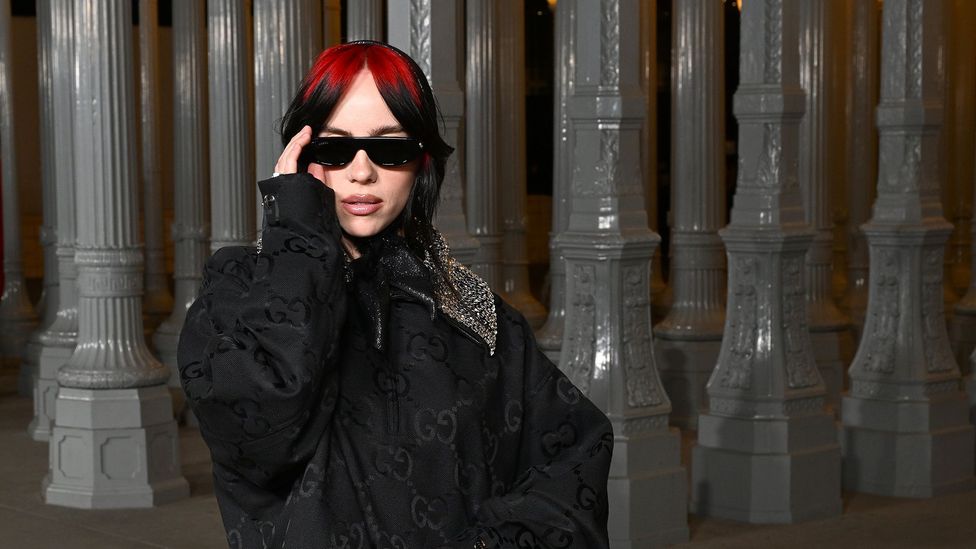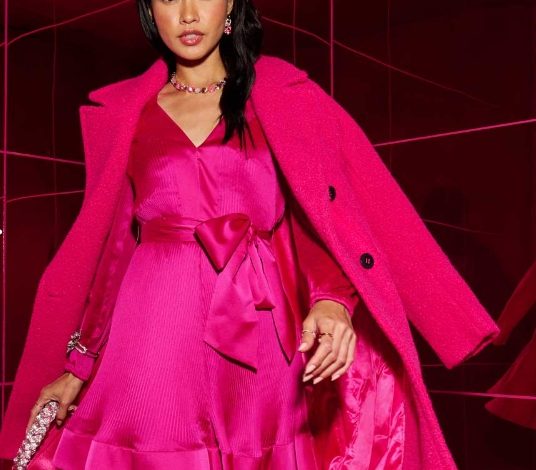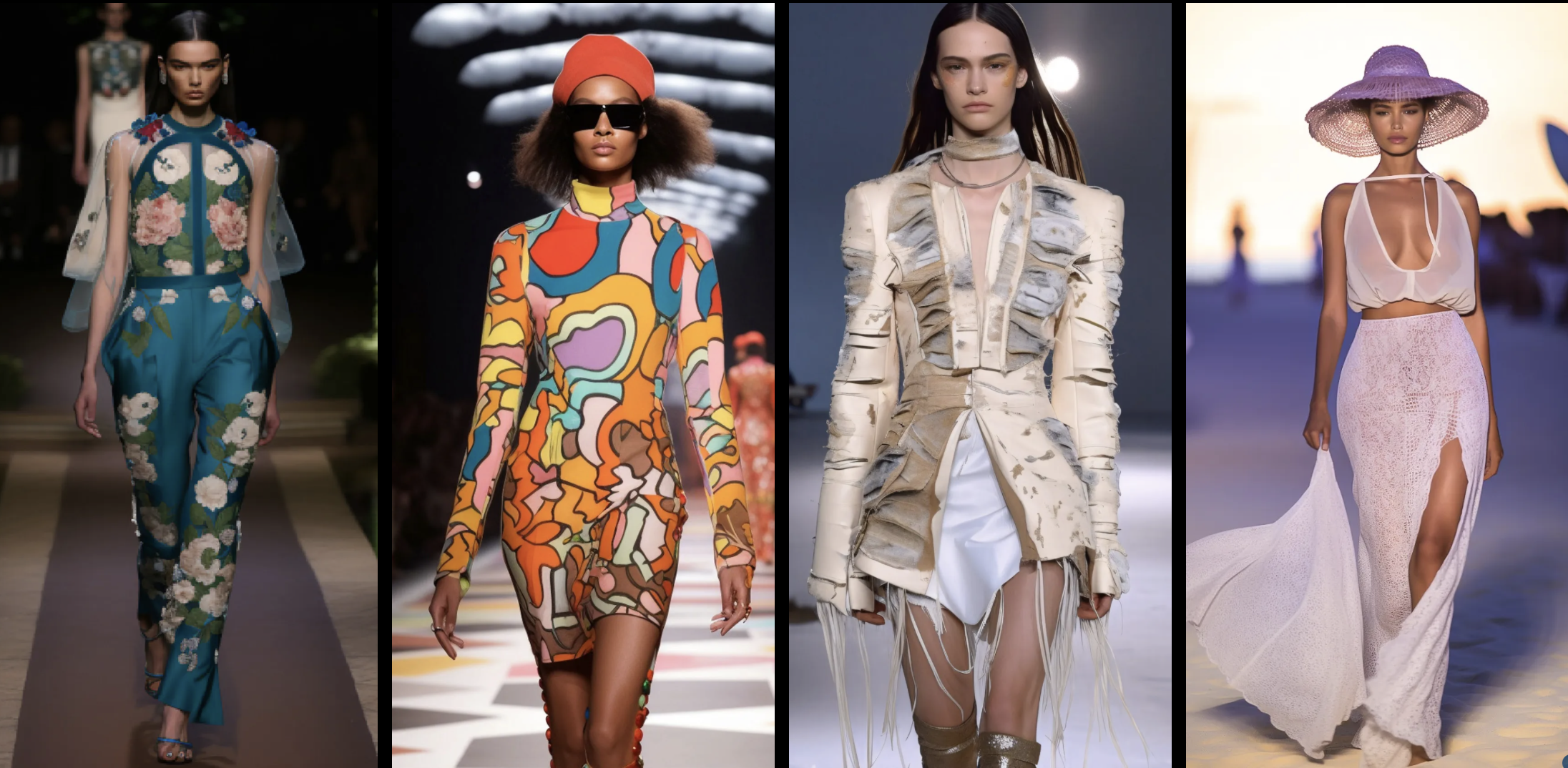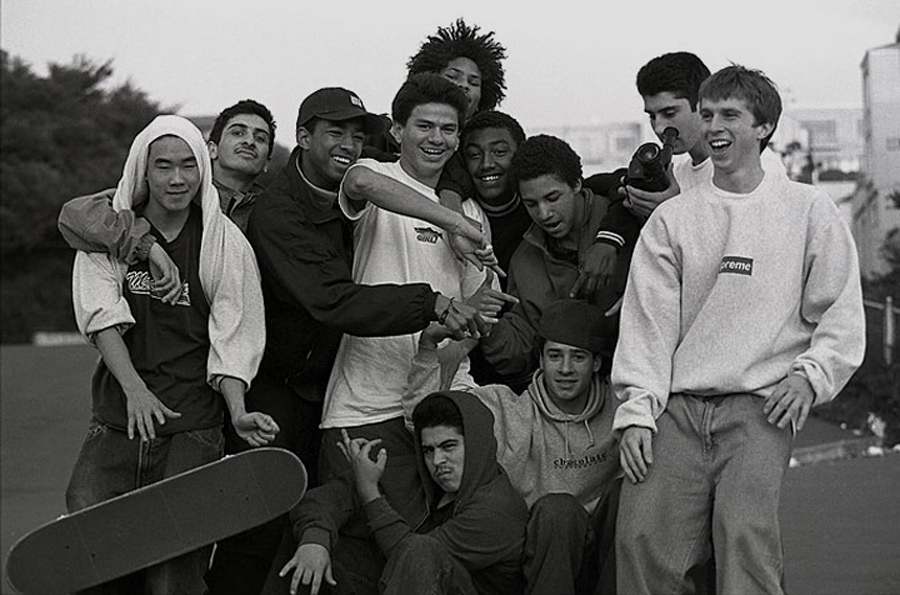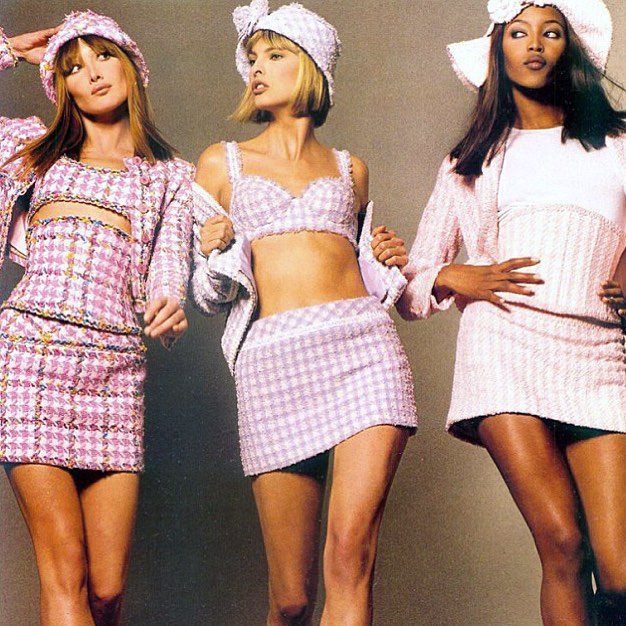
Key Moments in Subversive Fashion History
In the realm of fashion, a certain rebel spirit has always lurked beneath the polished surface of runways and clothing racks. Throughout history, subversive fashion movements have emerged, challenging societal norms and pushing the boundaries of what is considered acceptable attire. These key moments in subversive fashion history have not only left an indelible mark on the industry but have also served as a catalyst for social change and self-expression.
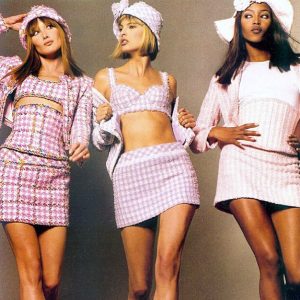
One of the earliest demonstrations of subversive fashion can be traced back to the 1920s and the advent of the flapper era. With their short skirts, cropped hair, and bold makeup, flappers rejected the traditional codes of femininity and defied societal expectations. They embodied liberation and independence, diverting from the corseted and modest styles of the previous decades. Through their fashion choices, flappers challenged the status quo and paved the way for a new era of female empowerment.
Moving forward in time, the 1970s witnessed the emergence of punk fashion, an anarchic movement that embodied resistance and rebellion. Punk fashion rejected the mainstream aesthetic, and its followers embraced torn clothing, leather jackets adorned with safety pins, and unconventional hairstyles. The punk movement was not merely a style; it was an attitude, a symbol of youthful provocation and protest against social and political establishments. From the music of bands like the Sex Pistols and The Clash to the fashion inspired by the movement, punk culture disrupted the traditional norms of fashion and defined an era.
Another subversive fashion movement that cannot be overlooked is the rise of streetwear in the 1990s. Born out of urban culture and rooted in the realm of hip-hop, streetwear challenged the elitist nature of high fashion. Brands like Supreme, Stussy, and A Bathing Ape merged elements of skateboarding, graffiti, and music culture to create a unique aesthetic that resonated with a diverse range of individuals. Streetwear became a symbol of authenticity and rebellion against the exclusivity of traditional fashion, blurring the lines between luxury and popular culture.
More recently, the body-positive movement has been making waves in the fashion industry. Historically, the fashion world has idolized one particular body type, but in the past decade, there has been a shift towards inclusivity. Designers and brands like Chromat, Savage x Fenty, and Universal Standard have challenged societal norms by embracing models of all sizes, genders, and ethnicities. This push for diversity in fashion has had a profound impact on how we perceive beauty and self-worth, dismantling long-held stereotypes and empowering individuals to embrace their bodies as they are.
Subversive fashion movements are not always confined to specific decades or eras. They continue to evolve and emerge as society progresses. For example, sustainability has become a vital consideration in the fashion industry, sparking the rise of eco-conscious brands and practices. With increasing awareness about the detrimental impact of fast fashion on the environment, consumers are demanding transparency and ethical production methods. This shift has paved the way for innovative fashion initiatives such as upcycling, vintage shopping, and sustainable materials, challenging the traditional notion of endless consumption and promoting more responsible choices.
In conclusion, subversive fashion movements have played a crucial role in shaping the history and evolution of the industry. From flappers to punks, streetwear enthusiasts to body-positive advocates, each movement has challenged societal norms, pushed boundaries, and sparked conversations about self-expression and individuality. These key moments in subversive fashion history serve as a reminder that fashion is not merely about aesthetics; it is a powerful tool for social change and personal empowerment. So let us embrace the rebels, the rule-breakers, and the fashion pioneers who dare to challenge the status quo and redefine the world of style.

